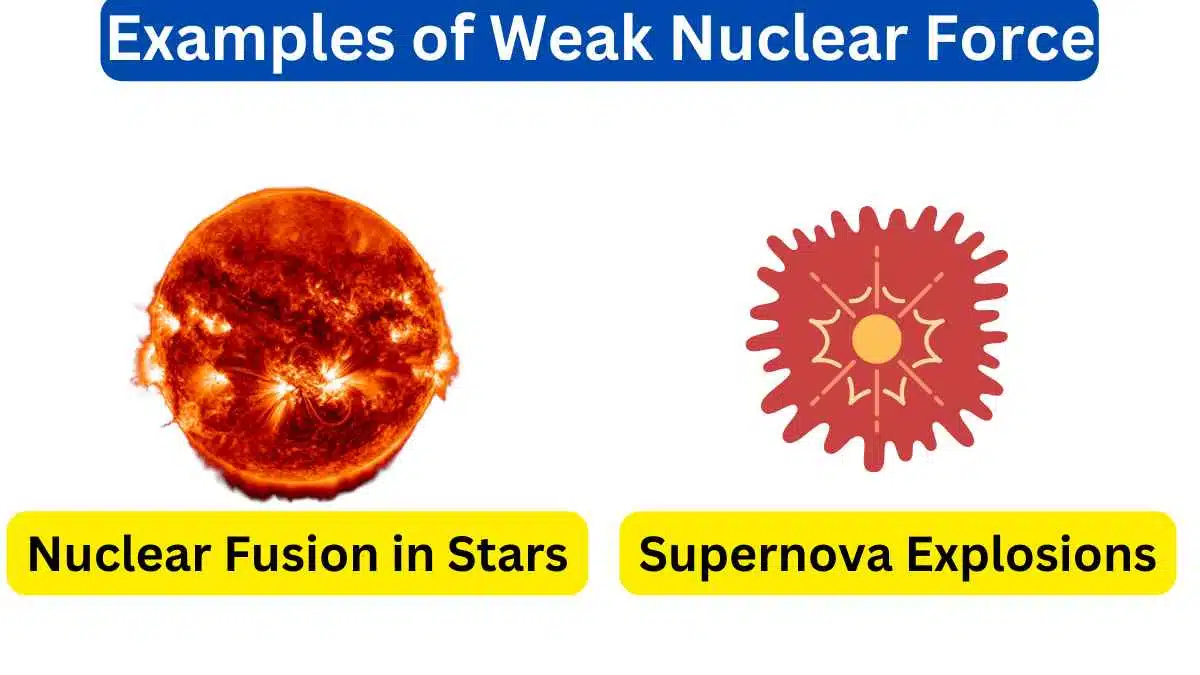10 Example of Quantum Superposition
Quantum superposition is a fundamental concept in quantum mechanics where quantum systems can exist in multiple states simultaneously until observed. Examples of quantum superposition are Schrödinger’s cat and electron spin.
Example of Quantum Superposition
Here are ten examples of quantum superposition.

1. Schrödinger’s Cat
Schrödinger’s cat is a famous thought experiment. In it, a cat is considered both alive and dead simultaneously due to the superposition of quantum states of an unstable atom, until someone observes the cat.
2. Electron Spin
Electrons have a property called spin, which can exist in a superposition of both “up” and “down” states until measured. This property is essential in understanding electron behavior in magnetic fields.
3. Photons’ Polarization
Photons, particles of light, can exist in a superposition of different polarization states, such as horizontal and vertical polarization until they are measured.
4. Quantum Bits (Qubits)
In quantum computing, qubits can represent both 0 and 1 simultaneously, thanks to superposition. This property allows quantum computers to process vast amounts of information simultaneously, potentially solving complex problems faster.
5. Electron Orbitals
Electrons in atoms can exist in superpositions of different orbitals, which represent different energy levels and shapes. These superpositions determine the electron’s probability distribution within an atom.
6. Quantum Key Distribution
In quantum cryptography, superposition is used to transmit quantum states of particles (usually photons) to encode information securely. The properties of these particles are superposed until measurement.
7. Quantum Interference
Quantum interference occurs when two or more superposed quantum states combine, resulting in constructive or destructive interference. This phenomenon is crucial in understanding the behavior of particles, such as electrons, in double-slit experiments.
8. Nuclear Spins
Nuclei in magnetic resonance experiments can exist in superpositions of different spin states. This property is exploited in techniques like nuclear magnetic resonance (NMR) and magnetic resonance imaging (MRI).
9. Coherent Light
Laser light is often described as coherent because it consists of photons in a superposition of states with the same frequency and phase. This property allows lasers to produce a concentrated, intense beam of light.
10. Quantum Entanglement
Quantum entanglement involves two or more particles being in a superposition of states that are correlated with each other. Measuring one particle’s state instantly determines the state of the other(s), regardless of distance.
These examples showcase the diverse applications and implications of quantum superposition in various aspects of quantum physics, computing, and technology. Quantum superposition is a fundamental aspect of quantum mechanics, challenging classical intuitions about the nature of reality.







Leave a Reply